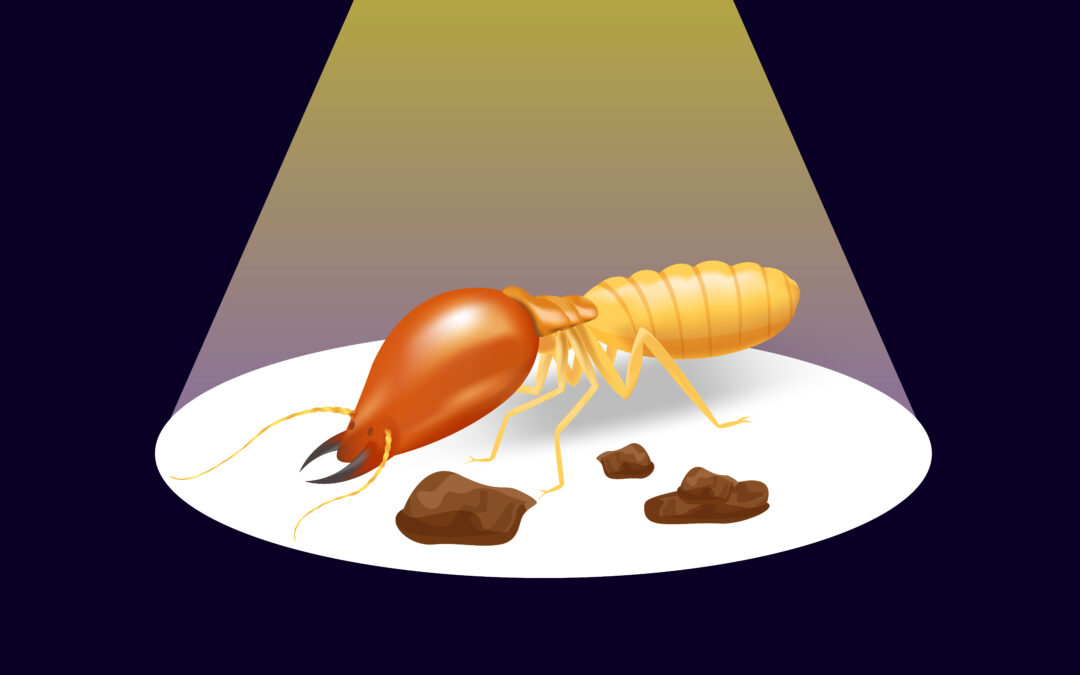Termite swarms are never a pleasant sight. However, they are quite interesting. Termites often rely on a form of collective intelligence to achieve maximum efficiency in foraging, construction and coordination. This has aroused the curiosity of researchers, who are looking at termite swarms in order to find principles that they could implement in the field of robotics. More specifically, researchers are looking at how you could create a swarm of small robots that use collective intelligence to build structures without a blueprint.
These small robot swarms could be very useful for autonomous building in areas that are dangerous or hard to reach for humans, areas such as outer space or disaster zones. A research team modeled termite swarmer behavior and developed a software that would allow these robots to follow simple rules that guide them on how to interact with each other, their tools, and their environment.
Researchers also looked at how termite workers behaved when coming up with their theories and formulas, and the research has shown initial success. The robots were able to stack things, putting blocks on top of each other to build something. This is an unprecedented breakthrough.
As an initial demonstration, three robots were able to autonomously assemble four stairs in about 100 steps. In order to do this, the bots are able to perceive the bricks, the other bots in their vicinity, and nothing else. On top of that, they were given several simple rules, guiding them on how to move, climb, and carry.
What makes this particular piece of software interesting is that the only human input needed is the design of a structure. From there, the software automatically generates the rules for the robots.
The robots are small and inexpensive, and their autonomy makes them preferable over other existing models, which are centrally controlled, making them hard to coordinate at scale. Robots that follow the example of a termite swarm or colony on the other hand can operate for extended periods of time, even if many of them will fail in the process – the swarm still lives on.
Here we have another example of how we can look at something as reviled as the termite species, learn from it, and use what we learn to improve our own activities. Future applications for these robot swarms could include mapping of the ocean floor, patrolling large areas, and conducting search and rescue missions.

